Category: R&D
-
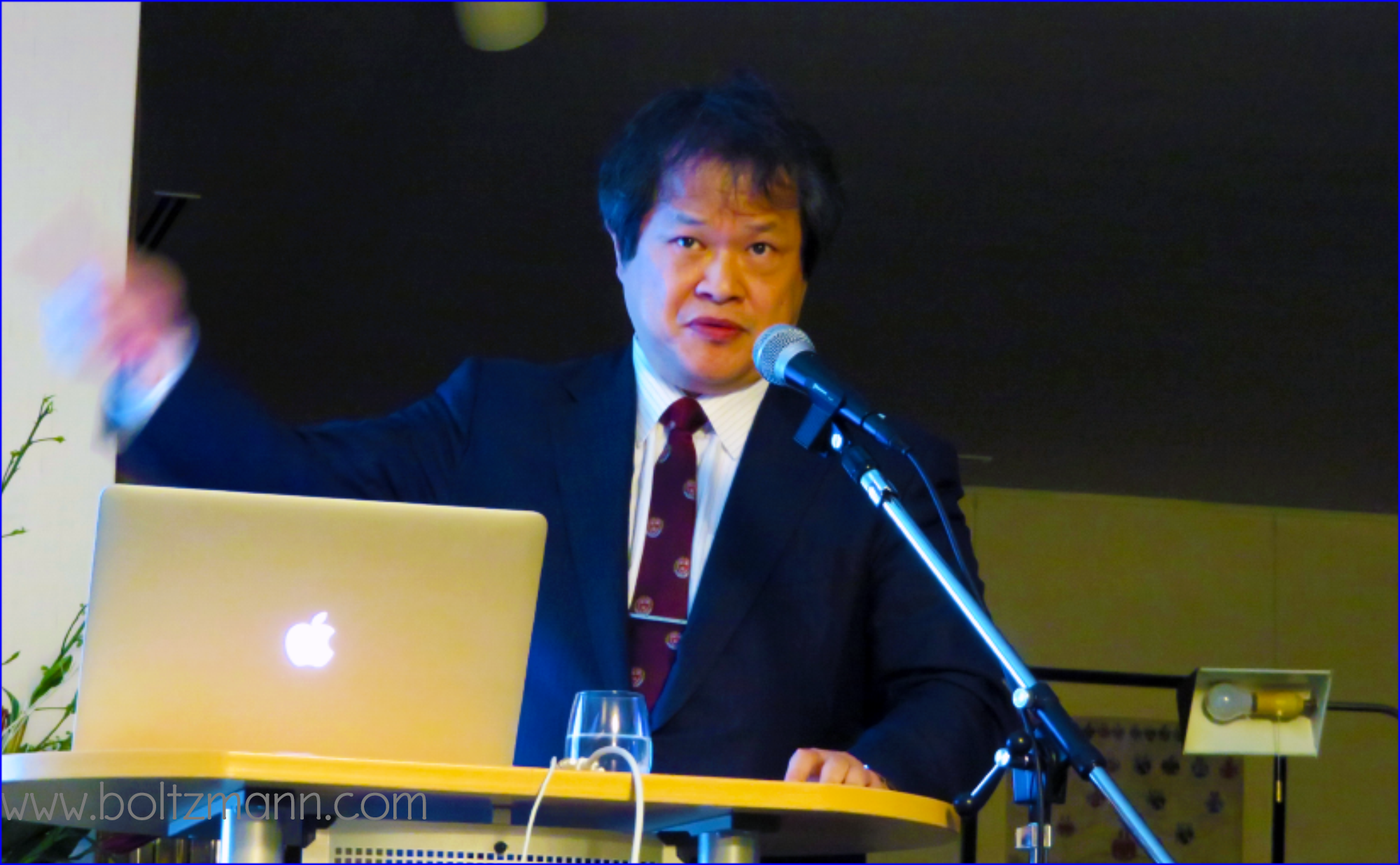
Makoto Suematsu: fast-tracking medical research in Japan
Makoto Suematsu, Founding President of Japan’s new Agency for Medical Research and Development AMED: The situation in Japan is so crazy, but now I will stay in Japan because I have a mission summary of Professor Makoto Suematsu’s talk by Gerhard Fasol Medical research in Japan: Fast-tracking medical research and development in Japan In April…
-
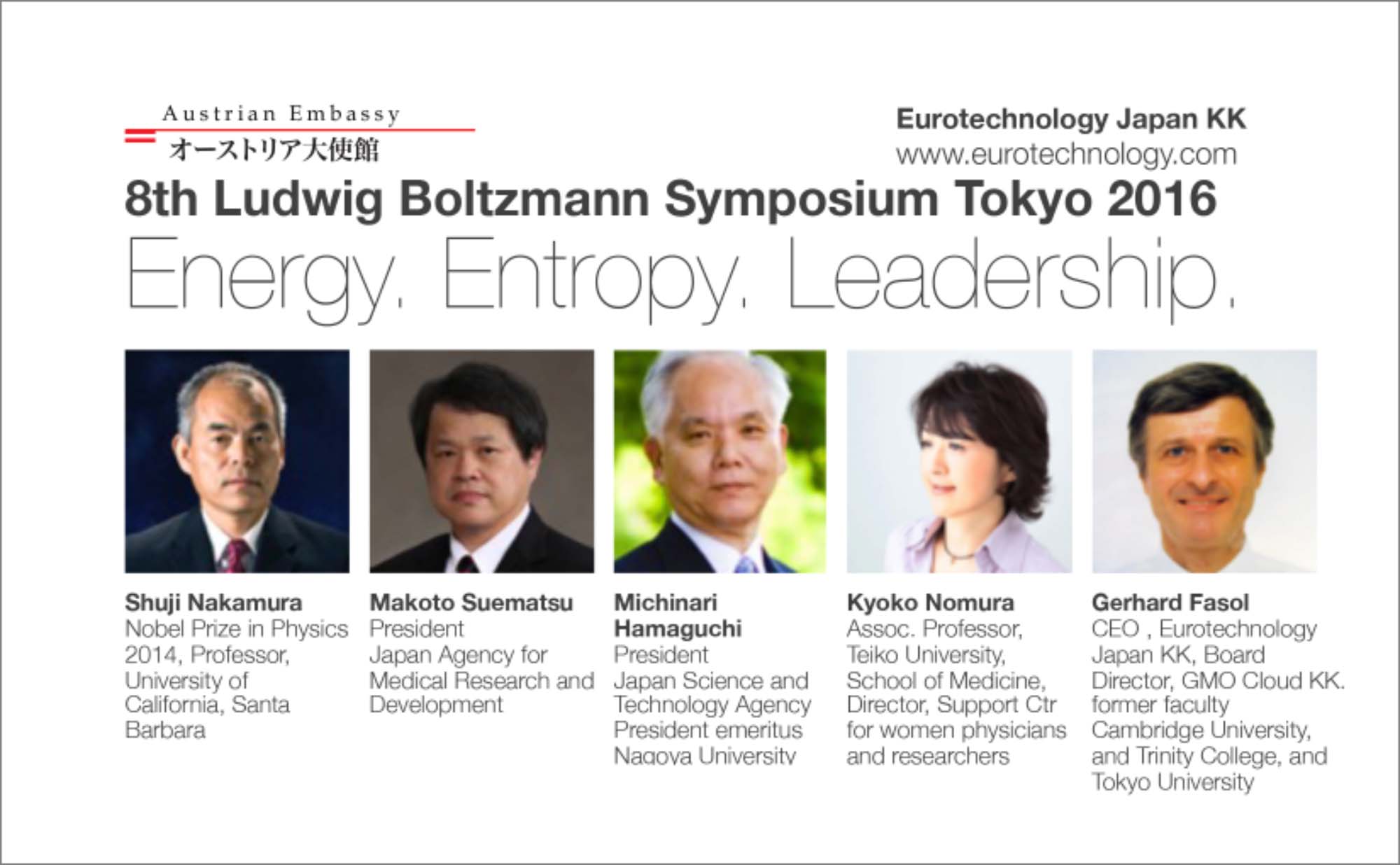
Top-down vs bottom-up innovation: Japan’s R&D leaders at the 8th Ludwig Boltzmann Forum
How to fast-track innovation in Japan Shuji Nakamura’s invention of high efficiency LEDs enable us to reduce global energy consumption by an amount corresponding to 60 nuclear power stations by 2020, for which he was awarded the 2014 Nobel Prize in Physics. Still, a poster child for bottom-up innovation, Shuji Nakamura was sued by his…
-
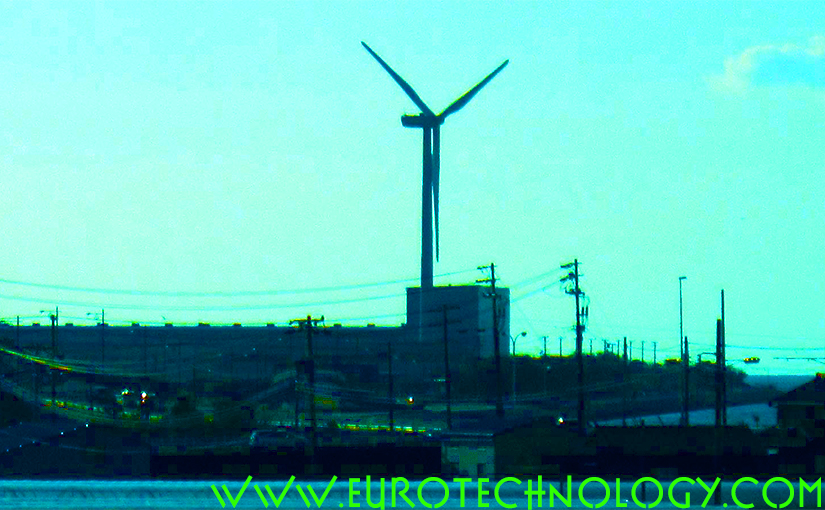
Angela Merkel in Japan to discuss renewable energy
German Federal Chancellor Angela Merkel in Japan March 9-10, 2015 Hopes for Japan and Germany share at least part of the path to renewable energy Germany’s Federal Chancellor Angela Merkel, Physicist with a PhD (Chancellor Angela Merkel’s PhD thesis is available here) and several scientific publications to her credit, visits Tokyo today Monday 9 March…
-
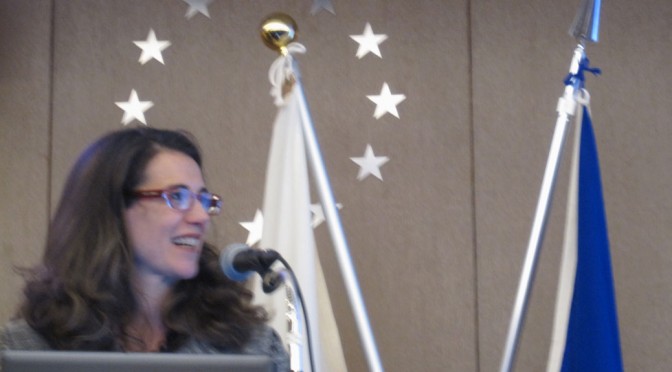
EU Horizon 2020 Japan participation: research and innovation program and Japan-EU Science and Technology cooperation
Horizon 2020 Japan participation conference at the EU Delegation in Tokyo Horizon2020 is the world’s largest research program, undertaken by the European Union, and it is open to cooperation with researchers from all countries including Japan. EU encourages Japan participation in Horizon 2020 Actually, the EU strongly encourages participation from Japan: Maria Cristina Russo, Director…
-
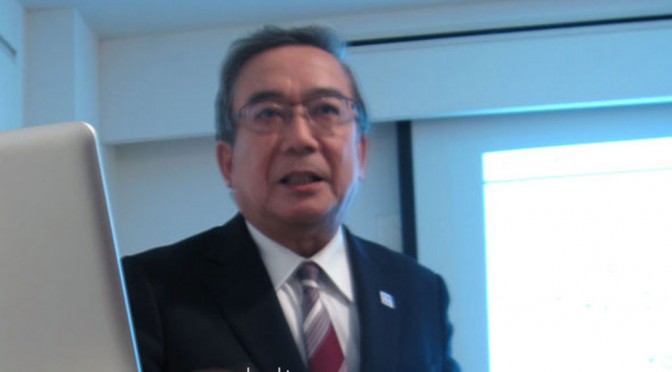
Tokyo Institute of Technology President Yoshinao Mishima: “Become a world class University with more diversity by 2030”
Tokyo Institute of Technology President Yoshinao Mishima: Educational reforms at Tokyo Institute of Technology (President of Tokyo Institute of Technology. Materials scientist specialized on nano-materials and high-performance materials) Keynote presented at the 6th Ludwig Boltzmann Symposium on February 20, 2014 at the Embassy of Austria in Tokyo. Tokyo Institute of Technology – short history 1881:…
-
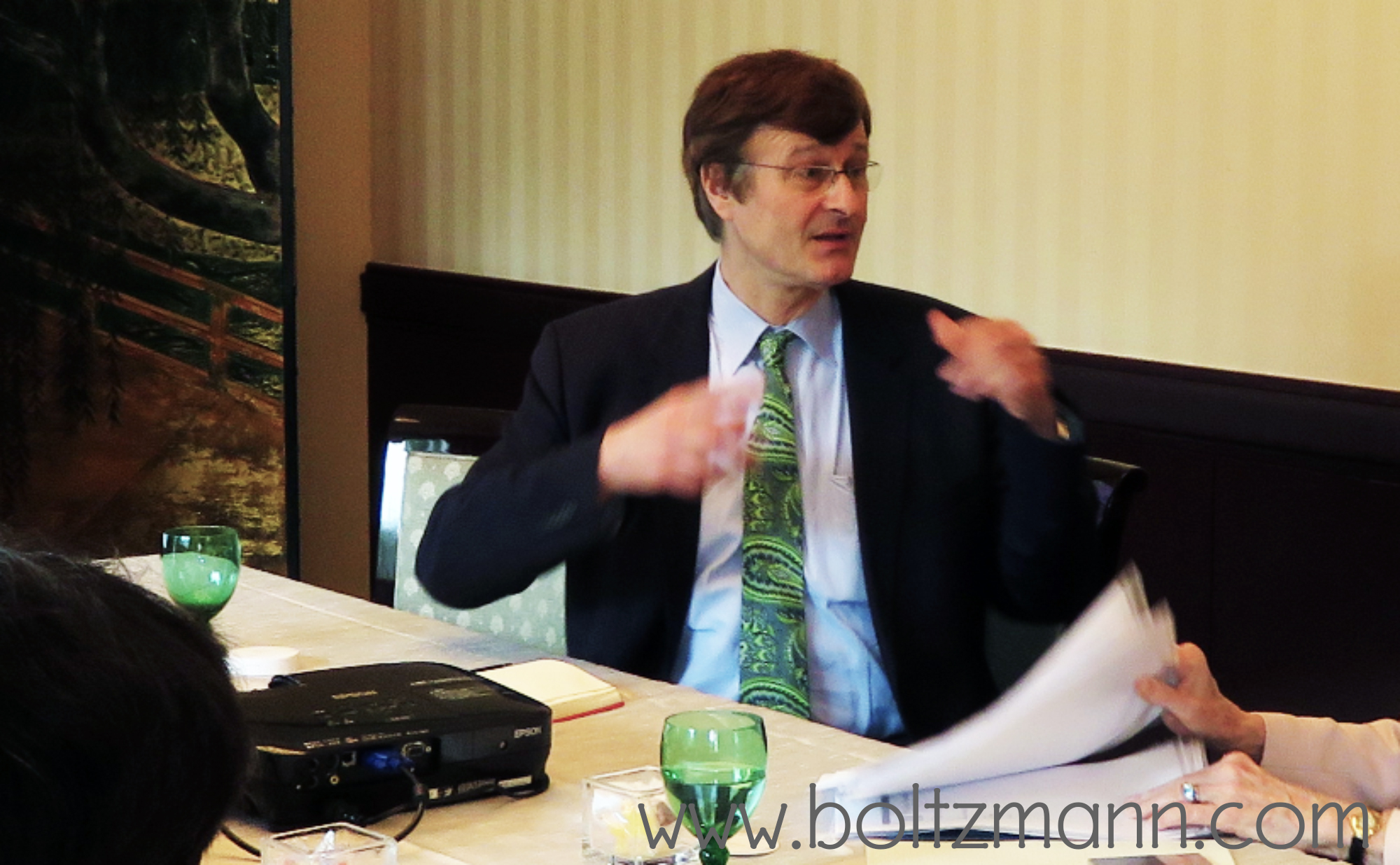
Boltzmann constant, temperature and the new SI system of units by Gerhard Fasol (6th Ludwig Boltzmann Symposium)
Boltzmann constant k, “What is temperature?” and the new definition of the SI system of physical units (by Gerhard Fasol, CEO of Eurotechnology Japan KK. Served as Associate Professor of Tokyo University, Lecturer at Cambridge University, and Manger of Hitachi Cambridge R&D Lab.) Keynote presented at the 6th Ludwig Boltzmann Symposium on February 20, 2014…
-
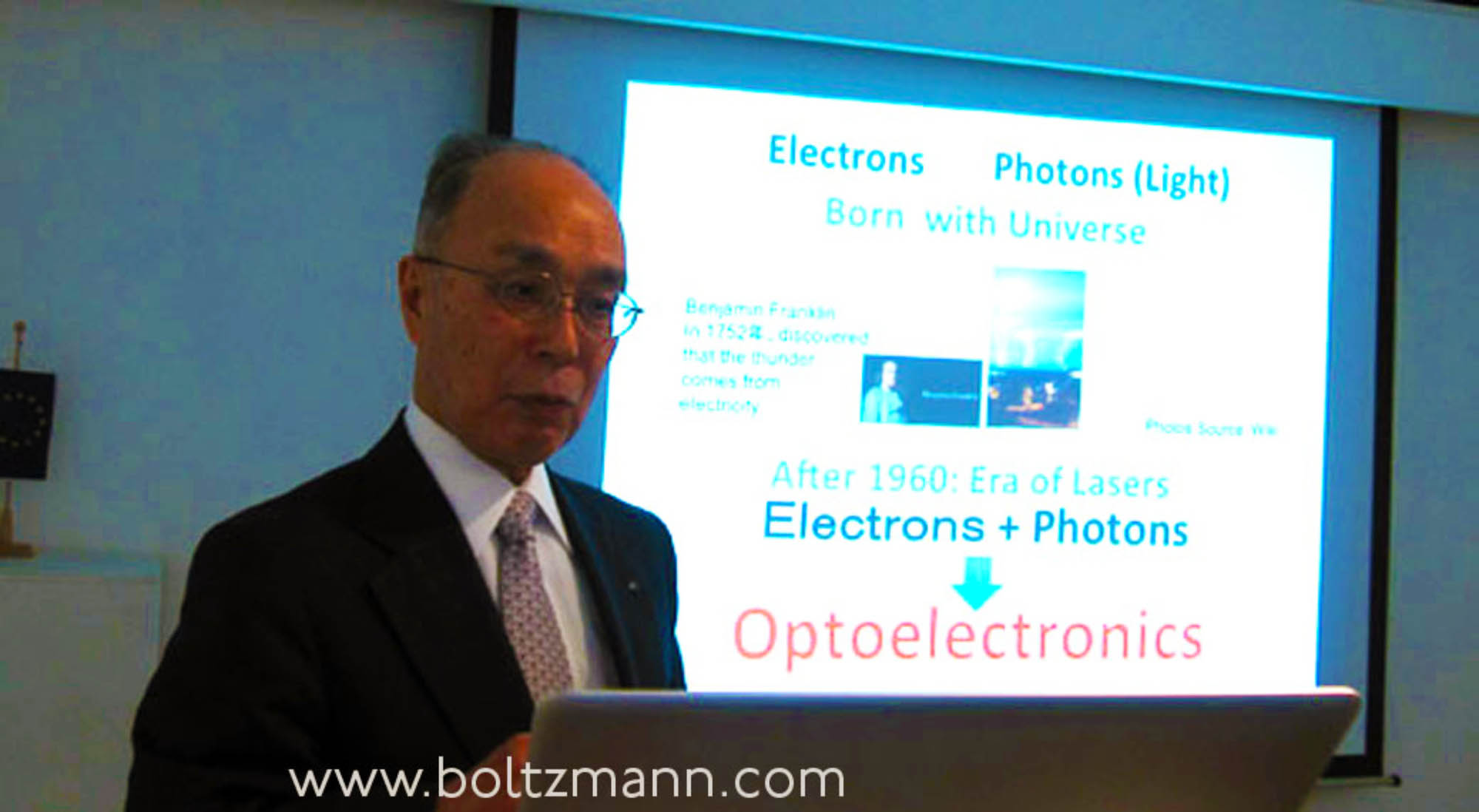
VCSEL – Vertical cavity surface emitting lasers by their inventor, Kenichi Iga (6th Ludwig Boltzmann Symposium)
VCSEL inventor Kenichi Iga: hv vs kT – Optoelectronics and Energy (Former President and Emeritus Professor of Tokyo Institute of Technology. Inventor of VCSEL (vertical cavity surface emitting lasers), widely used in photonics systems) Keynote presented at the 6th Ludwig Boltzmann Symposium on February 20, 2014 at the Embassy of Austria in Tokyo. VCSEL: how…
-
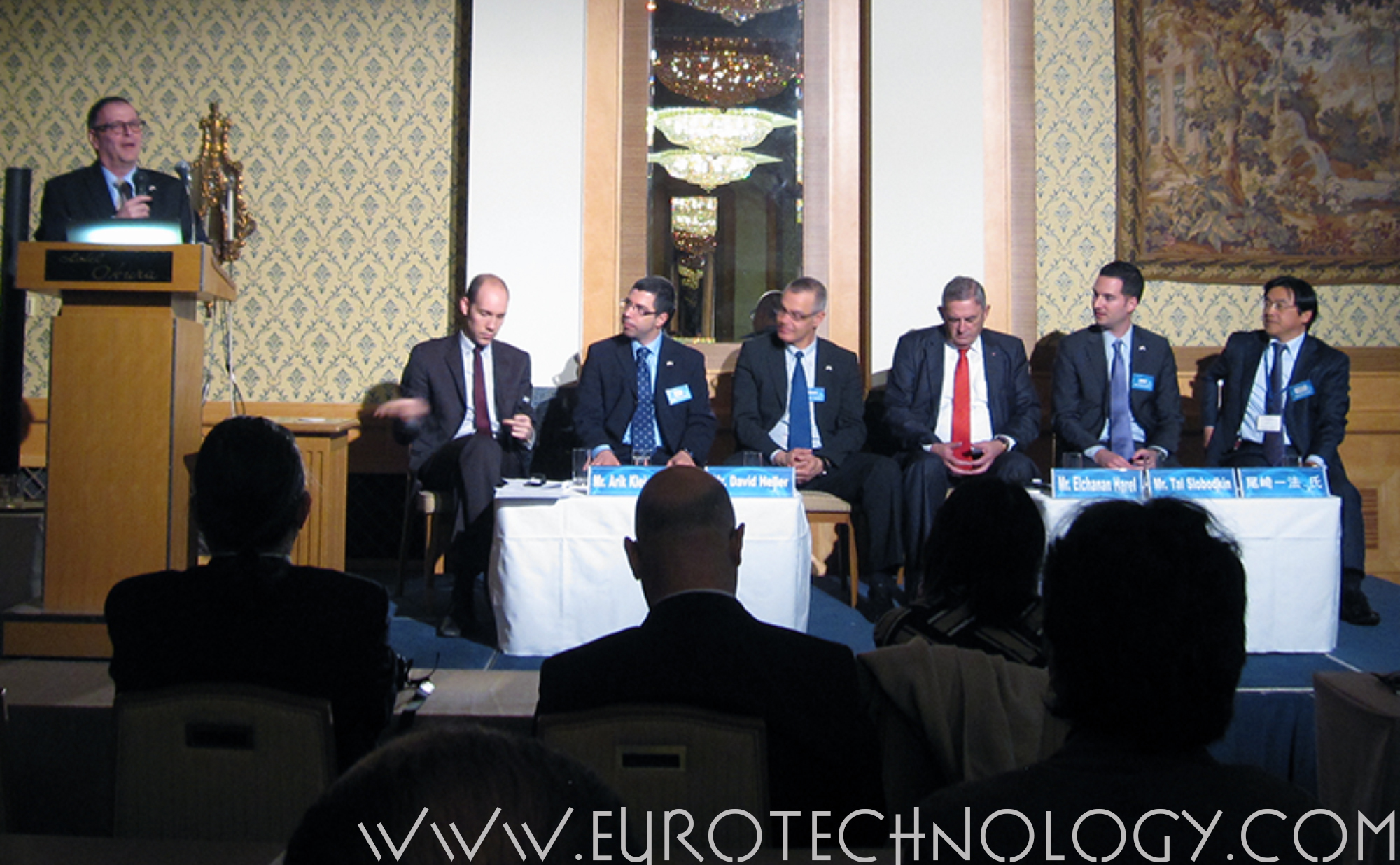
Israeli Venture Fund Japan meeting in Tokyo March 4, 2014
Start-up Nation Israel 2014 – Israel Japan Investment Funds meeting on March 4, 2014 at the Hotel Okura in Tokyo Israeli Venture funds introduce Israeli ventures to Japanese investors Acquisition of Viber by Rakuten draws attention in Japan to Israeli ventures The recent acquisition of the Israel-based OTT (over the top) communications company Viber by…
-
R&D in Japan, interview for Chemical and Engineering News
Unleashing R&D in Japan Contributed to an article “Unleashing R&D in Japan” by Jean-François Tremblay for the Chemical & Engineering News (Volume 80, Number 49, pp 13-15, December 9, 2002) Excellent science in Japan, for example Shuji Nakamura’s GaN LEDs and Lasers Fasol mentions that there is excellent science in Japan, for example Shuji Nakamura’s…
-
Magnetic and metallic nanowires
Gerhard Fasol was one of the invited speakers of the “Device Applications of Nanoscale Materials Symposium” at the 1998 National ACS Meeting in Dallas, Texas, which was organized by John St. John of Texas Christian University. Gerhard Fasol’s talk: “Selective Electrodeposition of Magnetic and Metallic Nanowires: A New Approach to a Fundamental Technology” Symposium purpose:The…
-
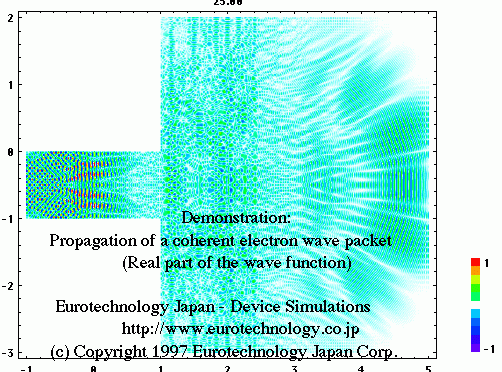
Simulation and Visualization of the Dynamics of Electron Wave Packets on a Femto-Second Time-Scale
Conference presentation by Gerhard Fasol at the 5th International Workshop on Femtosecond Technology FST’98, Tsukuba, Japan, February 12-13, 1998, on “Simulation and Visualization of the Dynamics of Electron Wave Packets on a Femto-Second Time-Scale” Details of our work on the simulation and visualization of electron wave packet motion.